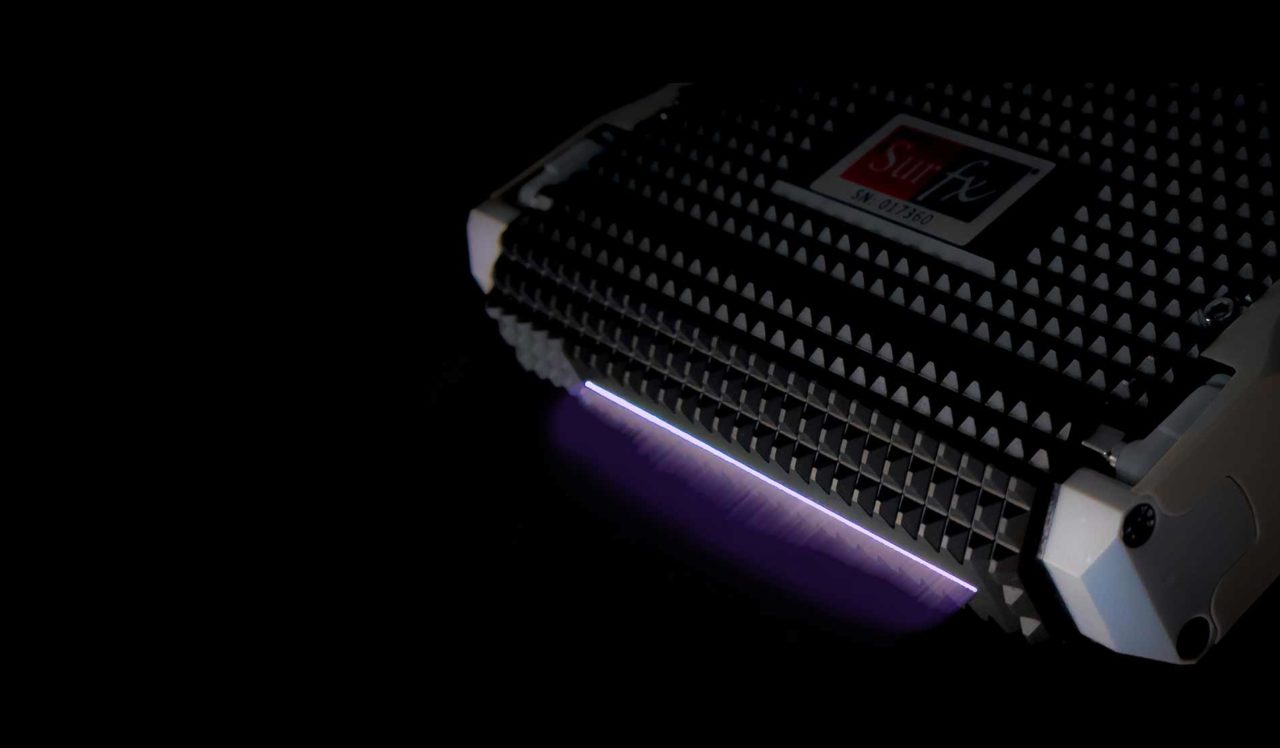
Injection molded plastic parts are key components of medical devices, molecular diagnostics, microplates, catheters, surgical instruments, and other emerging technologies in medicine and cell biology. When selecting a particular plastic for an application, the design engineer has to take into account many constraints, including resin properties, shrinkage, part complexity, wall thickness, mechanical strength, impact strength, thermal stability, opacity, surface finish, color, etc. Once the resin has been selected, and the molded plastic parts made, another set of design issues arises:
- How do I glue my parts together and obtain sufficient adhesion?
- How do I achieve proper fluid flow through small channels without trapping bubbles?
- How do I promote cell growth on some surfaces, but not on others?
- How do I make surfaces that remain hydrophilic throughout the product’s shelf life?
- How do I control wetting on diagnostic surfaces?
These issues all deal with the properties of the plastic surface. When you add the surface requirements onto the bulk material constraints the design objectives can seem overwhelming.
Surfx offers a way for you to tailor the plastic surface to the desired properties independent of the resin selected for the injection molded part. We deposit coatings, 10 to 100 nm thick, onto the surfaces where you need to control adhesion, wetting, cell growth, etc. These strongly adherent, transparent, biocompatible coatings give your product the precise properties it needs at an economical cost. Our atmospheric plasma tools lay down these coatings on the surface of any 3-D plastic part, regardless of the resin type (e.g., ABS, acrylic, liquid crystal polymer, nylon, polycarbonate, polyester, polyethylene, HDPE, polypropylene, polystyrene, and polyurethane). Please contact our engineers so we can help you solve your toughest surface challenges.
Technical Datasheet : Plasma Activation of High-Density Polyethylene
Dr. Robert F. Hicks
CEO & President
Surfx Technologies LLC



